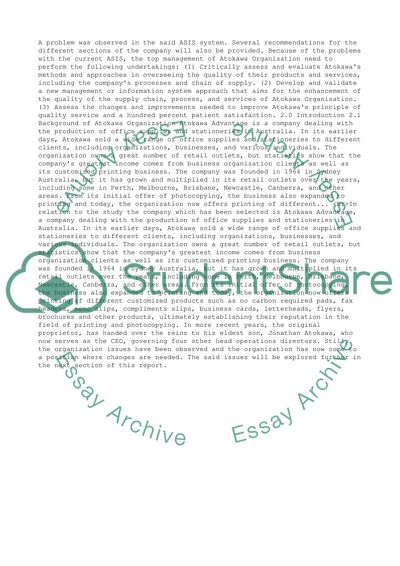Cite this document
(“Systems and Operations Management: case study of Atokawa Advantage Essay”, n.d.)
Retrieved from https://studentshare.org/management/1396591-systems-and-operations-management-case-study-of-atokawa-advantage-organization
Retrieved from https://studentshare.org/management/1396591-systems-and-operations-management-case-study-of-atokawa-advantage-organization
(Systems and Operations Management: Case Study of Atokawa Advantage Essay)
https://studentshare.org/management/1396591-systems-and-operations-management-case-study-of-atokawa-advantage-organization.
https://studentshare.org/management/1396591-systems-and-operations-management-case-study-of-atokawa-advantage-organization.
“Systems and Operations Management: Case Study of Atokawa Advantage Essay”, n.d. https://studentshare.org/management/1396591-systems-and-operations-management-case-study-of-atokawa-advantage-organization.


